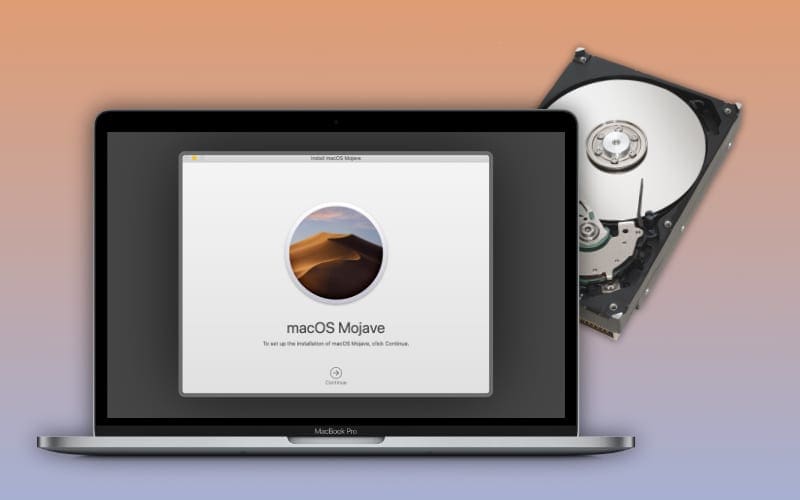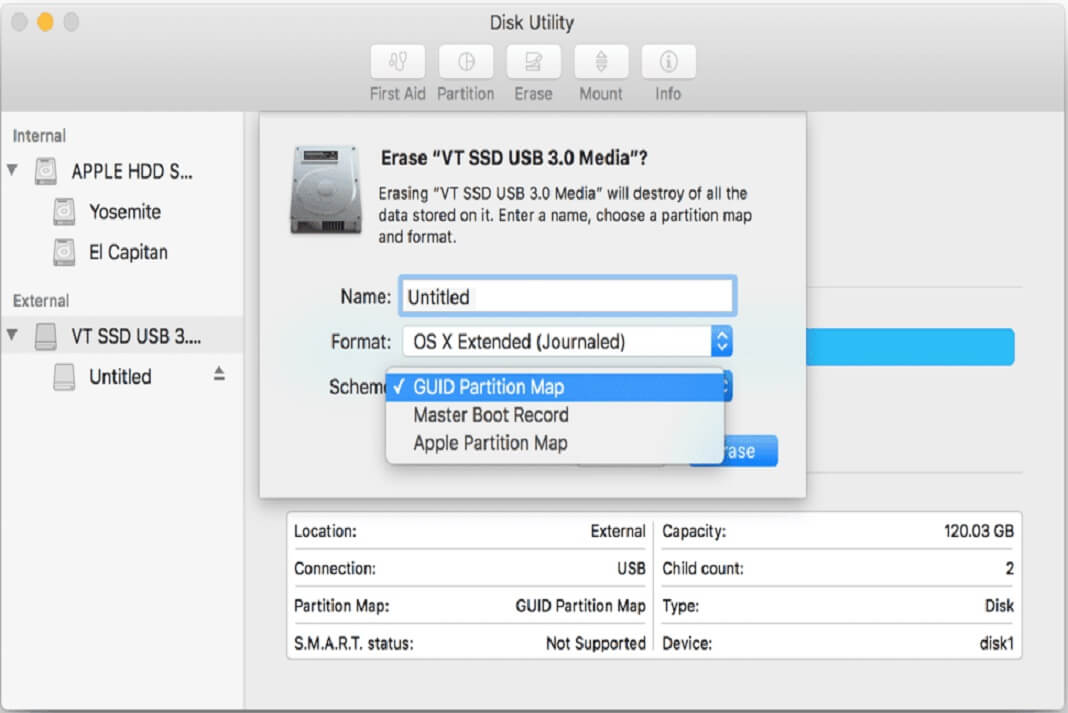

- #Format usb flash drive for mac and pc in os sierra how to#
- #Format usb flash drive for mac and pc in os sierra mac os#
- #Format usb flash drive for mac and pc in os sierra windows#
#Format usb flash drive for mac and pc in os sierra how to#
Let’s begin with the obvious question here what are the basic requirements for creating bootable USB for Mac? How to Create Bootable USB Drive for Mac?
#Format usb flash drive for mac and pc in os sierra windows#
Learn how to create bootable flash drive for Windows 10. You’re about to find out how to boot your Mac up directly from external storage, specifically flash storage or a USB-based flash drive. But let’s delve into something more specific. In addition to this, macOS users also have an option of picking a disk to boot the operating system from. Aside from using the built-in Startup Manager, you can also boot into Verbose, Safe, and Target Disk modes.

Learn more about repairing disks on a Mac.There are various ways to boot macOS. If a hard drive is beyond Disk Utility’s aid, it may need reformatting or service. While you can select and repair individual volumes (partitions) for troubleshooting purposes, selecting the entire drive will test and repair both the drive and each individual volume. Sometimes hard drives run into disk issues which are easily resolved with theFirst Aid feature. Consider using ExFat for generic PC and Mac storage or FAT for universal compatibility with most electronic devices.

That means that while macOS can read NTFS drives, it is unable to write data to them without third-party software. MacOS cannot natively format a drive to the NTFS format for Windows.
#Format usb flash drive for mac and pc in os sierra mac os#
Mac OS Extended (Case-sensitive, Journaled, Encrypted): Mac format case sensitive to folder names password protected encrypted partition.Example: Folders named “Audio” and “AUDIO” are two different folders. Mac OS Extended (Case-sensitive, Journaled): Mac format case sensitive to folder names.Mac OS Extended (Journaled, Encrypted): Mac format password protected encrypted partition.Mac OS Extended (Journaled or HFS+): Mac format.APFS (Apple File System): Latest Mac format for macOS High Sierra or later (10.13+).Learn more about which format to use from Apple: For PC and Mac compatibility, select ExFAT (format) and Master Boot Record (scheme).
:max_bytes(150000):strip_icc()/GettyImages-184994252-59cc123b054ad90010e077d8.jpg)
Enter a Name, select the Format and Scheme, and click Erase.(optional)Select a single volume to keep the drive format and only erase that volume’s data.Select the external hard drive (left sorted Internal, External, and Disk Images) and click the Erase button.In the window that appears, double-click the Disk Utility app. Click the Go menu and select Utilities.Bus powered hard drives: connect either directly to your computer to an active hub (has power supply).Connect the hard drive to your computer, power it on and launch Finder.If you have an extra drive, you can also use the Restore feature to erase it and then replace its contents with the files from the drive you want to backup. The simple way is to copy them by dragging the files from one drive to the other. Since formatting an external hard drive will erase all of its files if you wish to save them you must back them up (copy) to another drive. Learn more about erasing hard disks on Mac from Apple. If you’re not sure, eject and disconnect each drive, then only reconnect the drive you want to erase. When formatting a hard drive with Disk Utility, make sure to select the correct drive. Reformatting a hard drive is often done just to erase all of its contents. Before a hard drive can read or write data, it must first be formatted, or erased and reconfigured. On Mac computers, use the Finder app to browse and manage files on your computer and external hard drives. Rename volumes Format an External Hard DriveĮxternal hard drives use either spinning disks or solid memory to save your files.


 0 kommentar(er)
0 kommentar(er)
